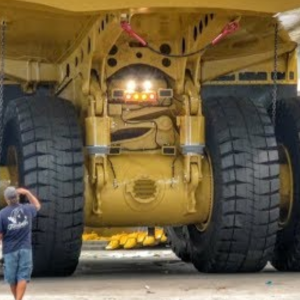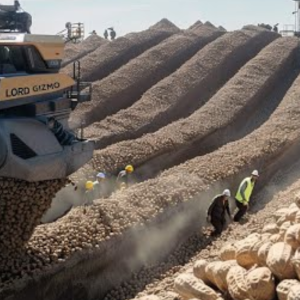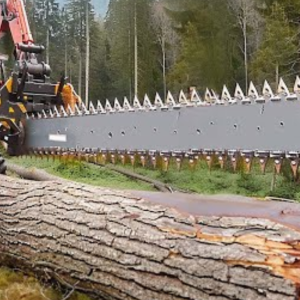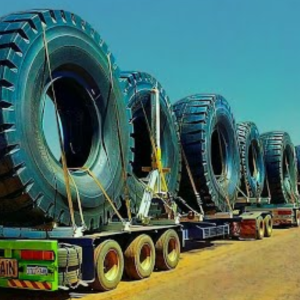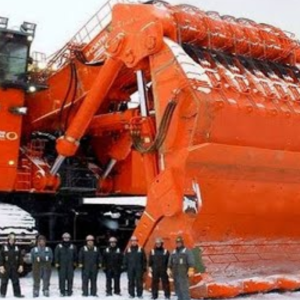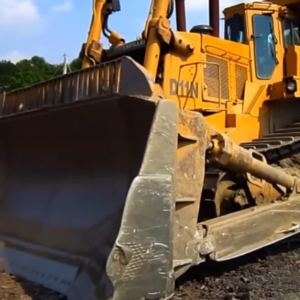The Nash Metropolitan was one of the smallest cars ever sold in America, and certainly one of the cutest. Read the story behind the adorable Nash puddle-jumper here.
Writers have had a ball explaining the quirky charms of the Metropolitan, sold in America by Nash-Kelvinator (later AMC) from 1954 to 1962, but built in England at the Austin plant in Birmingham. Car Classics magazine described the adorable puddle-jumper as the “cuckoo in the Longbridge nest.” But it was famed New Yorker cover artist Bruce McCall who nailed the Metropolitan: He tagged it “Minnie Mouse’s dream roadster.”
With a wheelbase of just 85 inches, two feet shorter than a typical Detroit compact and 10 inches shorter than a Volkswagen Beetle, the Metropolitan joined Bantam and Crosley among the smallest cars ever sold here in any volume. Nash positioned the 1850-pound sub-subcompact not just as an economy car, but as a motorized shopping cart for affluent urban gals. Advertising depicted smartly dressed ladies stowing their boxes of couture in the Metropolitan’s cozy parcel bin.
The Met was conceived by independent Motor City car designer Bill Flajole, who constructed the prototype on a Fiat 500 Topolino chassis. His original design had a number of interesting features that didn’t make it into the production Metropolitan, including interchangeable front and rear bumpers, and at least one that did: The left and right door pressings are the same.
Bill Flajole with the original Fiat-based NXI prototype in primer

The Nash NXI prototype finished in red

Nash-Kelvinator executives George Romney (left) and George Mason with the NXI
But as designed, the car was too small to straddle Nash’s existing Kenosha assembly lines, and internal studies revealed that new tooling up would cost $20 million, much more than the potential return justified. Nash-Kelvinator then looked overseas for a suitable facility, finally settling on Austin. Detroit and Flajole furnished the design, while Longbridge, which landed the project for only $2 million, supplied the components and production engineering.

Metropolitan body line at Fisher and Ludlow
The unitized bodies were banged out at Fisher and Ludlow, a British Motor Corp. satellite, while the 1200-cc, 42-hp pushrod engine came from the Autin A40 Devon/Somerset. (View a visit British newsreel visit to Austin’s Metropolitan assembly plant here.) Suspension and driveline bits were lifted from the Austin A30/A35 bins, giving the Metropolitan blood ties to another notorious cutie, the frogeye Sprite.
For 1956, the Met received the more powerful 1489-cc BMC “B” engine, so the dinky Nash is related to the MGA as well—a fact Metropolitan owners often like to point out; MG owners, hardly ever. Cars were marketed in the USA under the Nash, Hudson, and American Motors banners, while they were distributed in Europe by BMC simply as Metropolitans.
1955 Metropolitan Convertible and Coupe
The Met’s styling was a knockoff of the Nash big-car line attributed to Pinin Farina, sharing the same corrugated door cutouts, droopy wheel houses, and character bulge circling the body down at bumper level. Brand integrity, circa 1954. At the time, Road & Track hated the blimpish Nash look when scaled down to the Metropolitan, saying it looked “squashed.”

1954 Metropolitans
In hindsight, Road & Track had it backward. On the big Nash it looked ridiculous. In Metropolitan proportions it was cute—like a cheerful parody, goofing out on the chrome pretension that was Detroit styling in the ’50s. The same wide whitewalls, continental kits and sherbet two-tones that can make big cars of the era look faddish and silly seem merry and whimsical on the Metropolitan. And that weird flange around the bottom of the body: When shrunk down to kiddie-kar proportions, what happy and familiar image does it evoke? Of course—the 360-degree bumper on a Dodgem car.

Exclusive in-depth MCG design analysis
Elaborate theories have been constructed to explain what attracts people to old automobiles. The long and the short of it is that some cars have the power to inspire affection. The Met is such a car. People see it, love it, press the little dear to their bosoms. It’s cuter than a box of puppies.
And another thing: The Metropolitan intimidates no one. Among their enthusiastic owners, there seem to be more first-time restorers than with most any other car, including a surprising number of women–a great trend for the collector car movement. Not that it’s a chick car. Men, drive a Metropolitan, and tell the world you’re secure in your masculinity.
1960 Metropolitan Fifth Avenue Convertible show car—with bunnies
A mini Spotters’ Guide to the 1954-1962 Metropolitan:
+ 1954-1955 models have a simulated chrome airscoop and stamped riser in the hood, while ’56 and later cars have a smooth hood with no scoop.
+ 1954-1955 models have a bar-type grille with no bright metal surround, while the ’56-on cars have a mesh grille with bright metal surround.
+ 1956 and later cars have chrome side trim allowing a parting line for two-tone paint schemes.
+ 1959-1962 cars have an opening deck lid, while earlier years have none.

1962 AMC Metropolitan Coupe

1961 Metropolitan Convertible
An earlier version of this story by MCG appeared in the October 23, 2000 issue of AutoWeek, and was first published at Mac’s Motor City Garage on Feb. 5, 2013.




